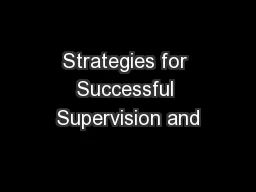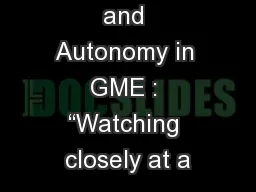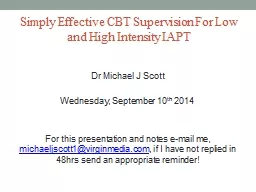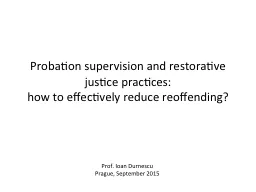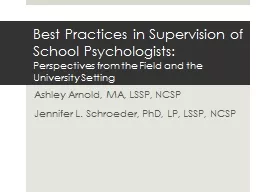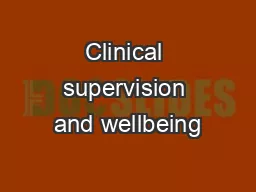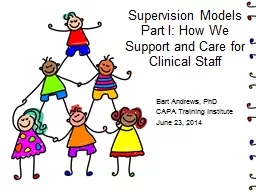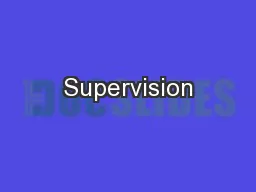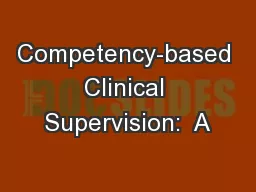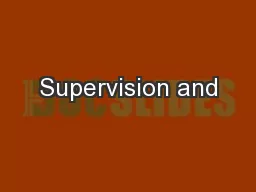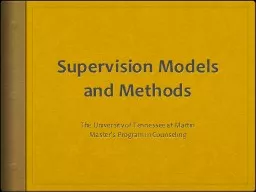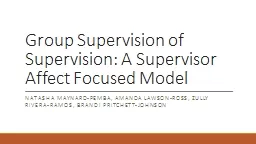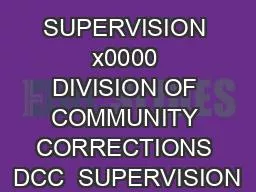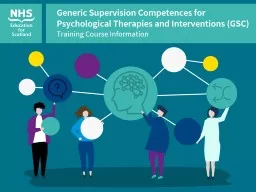PPT-Strategies for Successful Supervision and
Author : myesha-ticknor | Published Date : 2018-11-02
ReEntry The Ohio Parole Boards implementation of Select Strategies Presented by Cynthia Mausser Chair The 13 strategies Define Success as Recidivism Reduction and
Presentation Embed Code
Download Presentation
Download Presentation The PPT/PDF document "Strategies for Successful Supervision an..." is the property of its rightful owner. Permission is granted to download and print the materials on this website for personal, non-commercial use only, and to display it on your personal computer provided you do not modify the materials and that you retain all copyright notices contained in the materials. By downloading content from our website, you accept the terms of this agreement.
Strategies for Successful Supervision and: Transcript
Download Rules Of Document
"Strategies for Successful Supervision and"The content belongs to its owner. You may download and print it for personal use, without modification, and keep all copyright notices. By downloading, you agree to these terms.
Related Documents

